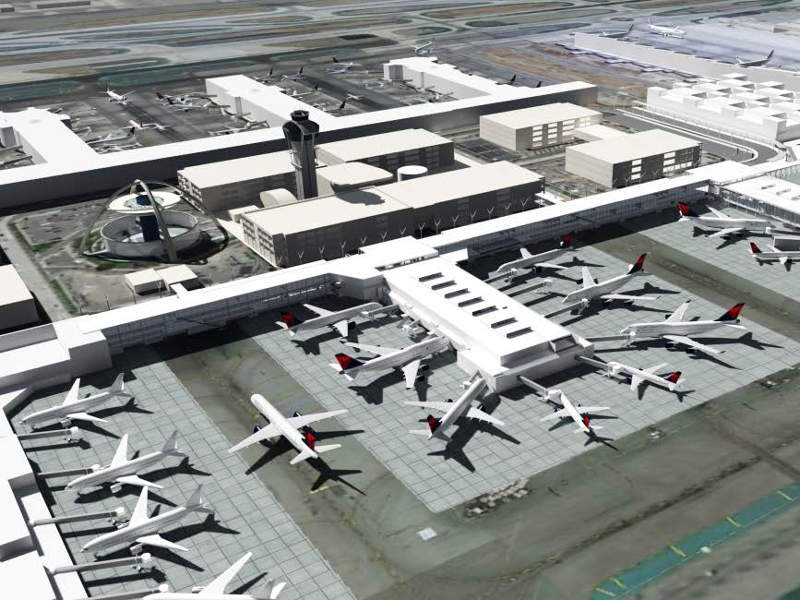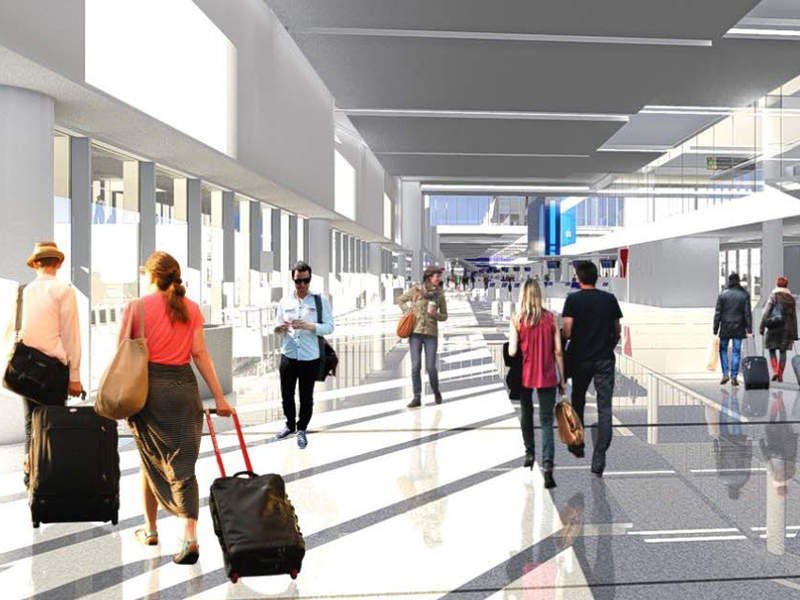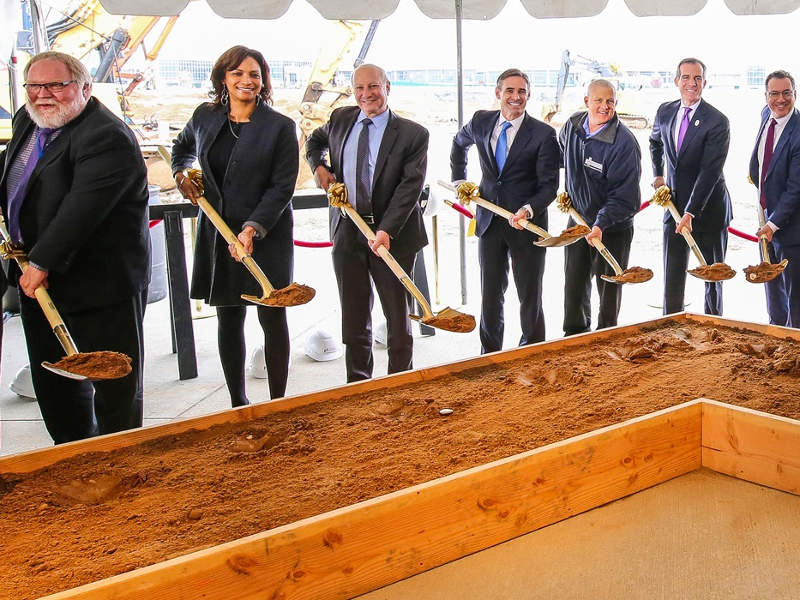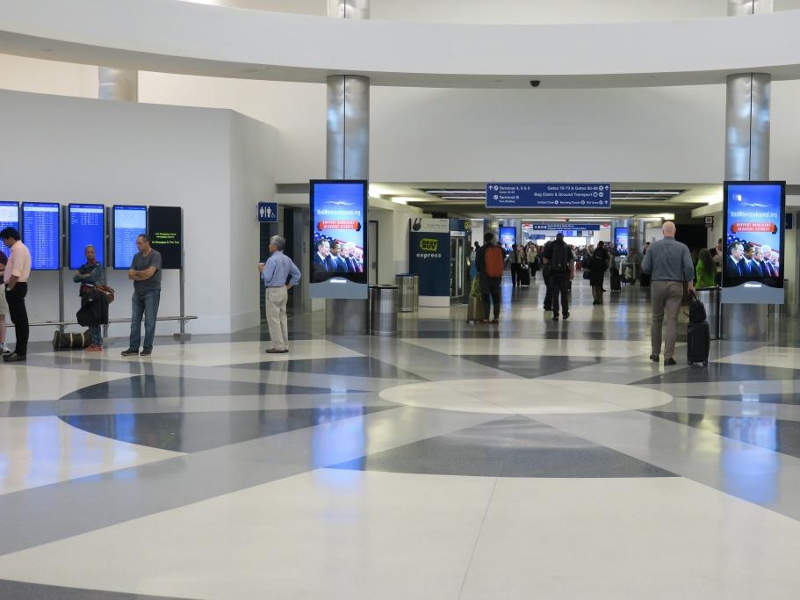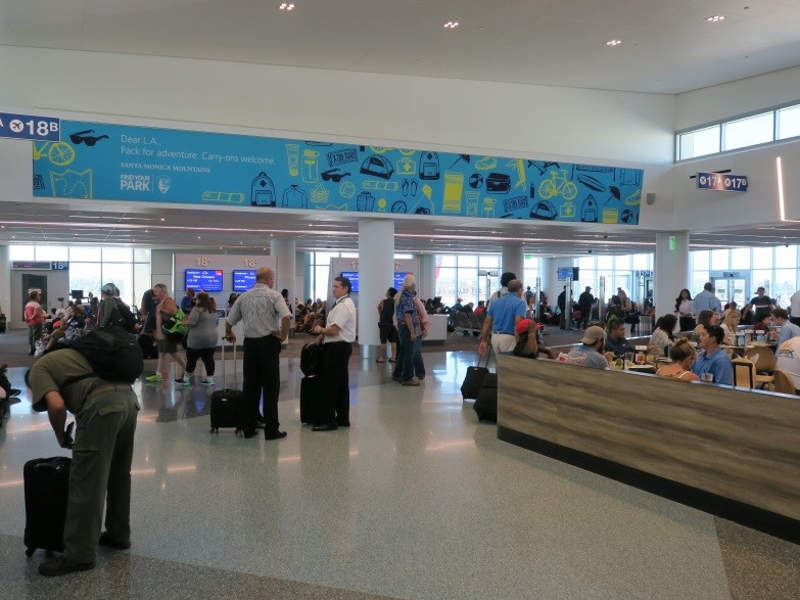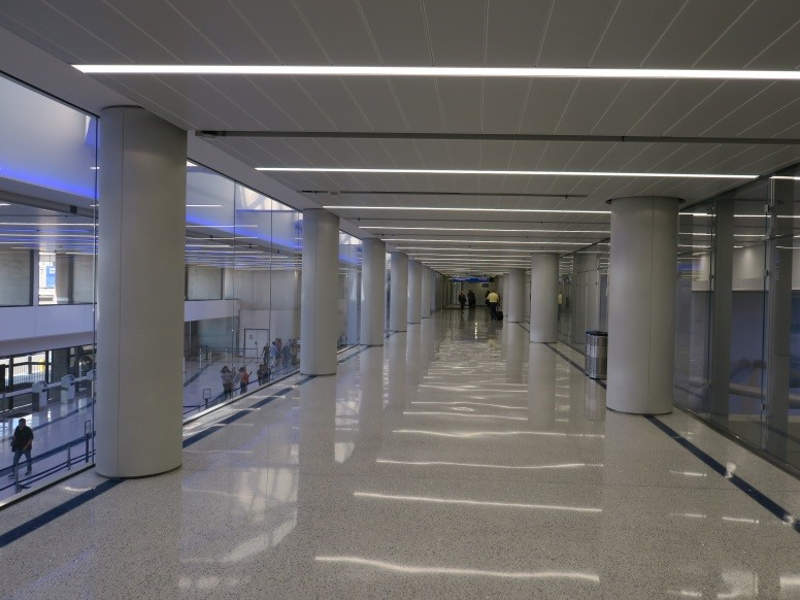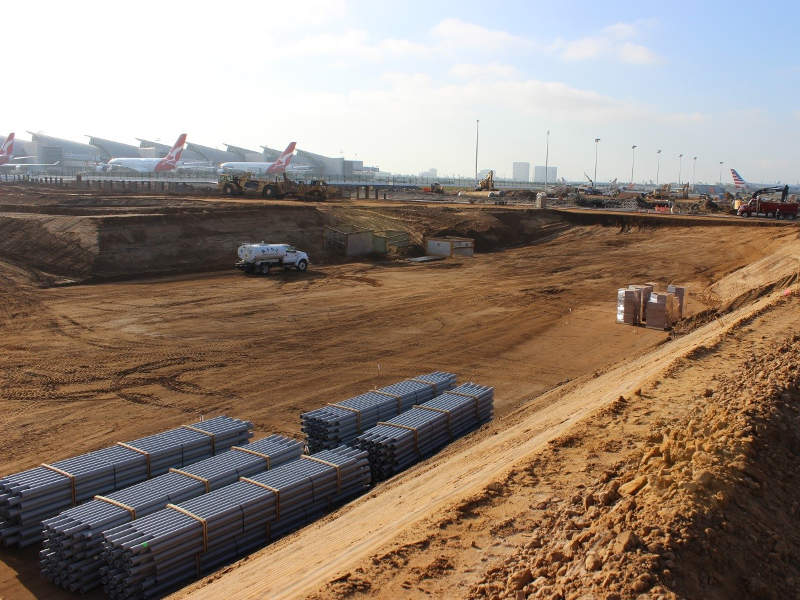A $14bn modernisation project is currently underway to renovate and rebuild the Los Angeles International Airport (LAX), the second-busiest airport in the US as well as the world’s fourth-busiest.
The 15-year upgrade programme will transform LAX into a world-class airport to continue to meet the needs of domestic and international passengers and airlines and reduce traffic congestion.
The programme comprises a number of individual projects, including ground transportation improvements, renovation of the Tom Bradley International Terminal (TBIT), remodelling of domestic terminals, a new midfield concourse, and improvements to runways and taxiways through 2023.
The modernisation programme was initiated by the LAX operator Los Angeles World Airports (LAWA) in 2009 and is anticipated to create more than 120,000 jobs a year and boost the Los Angeles economy.
The airport served 80.9 million passengers in 2016, while the annual traffic is expected to reach more than 96 million by 2030.
Los Angeles Airport modernisation project details
Improvements to the ground transportation infrastructure at the airport will be made as part of the $5.5bn Landside Access Modernization Programme (LAMP), which is intended to provide passengers with improved connectivity and easier access to rental cars. The LAMP will also reduce congestion in the central terminal area (CTA) and create new convenient spaces for pick-ups, drop-offs, and parking outside CTA.
Scheduled to be completed by 2025, the LAMP will create a direct connection between public transit and automated people mover (APM) station.
A new runway status lighting system worth $7m has been installed to increase airfield safety.
A $424m central utility plant replacement project, which was completed in March 2015, involved incorporation of an advanced energy-efficient facility to provide enhanced reliability and comfort for passengers.
The outdated systems at the airport are being replaced with modern escalators, walkways and elevators under a $270m project.
Other projects included in the LAX modernisation programme are $118m curbside appeal and roadway improvement project, in-line baggage handling and screening system programme, $12.3m Theme Building renovation, and $13.9m airport response coordination centre.
Airside improvements include runway safety area improvements at all four runways, creation of Taxilane S, $333m south airfield improvement, $138m crossfield taxiway, and $13.5m LAFD aircraft rescue and fire-fighting station.
Terminal renovations at LAX
The LAX modernisation programme also includes modernisation of some of the passenger terminals at the airport.
Terminal 1 was improved with an estimated investment of $515.8m. The 32-year-old terminal is equipped with state-of-the-art technology, including automated checked baggage inspection and sorting system, consolidated security screening checkpoint, and renovated arrivals/baggage claim unit. Passenger boarding bridges at the terminal were also replaced.
Ground was broken for the Terminal 1 improvement in September 2014, while the works were completed in November 2018.
A $332m overhaul of the 30-year-old Terminal 2 began in September 2014 and continued throughout 2017. It includes upgrades to baggage screening section and claim area, public spaces and ticket lobby.
Upgrades at terminals 5 and 6
In 2016, the Terminal 5 was upgraded with new in-line baggage-screening system, baggage claim facility, elevators and escalators, and new passenger amenities. The cost of the project was $250m.
The Terminal 6 witnessed $318m of upgrades in two phases, which included expansion of lobby area and the addition of new check-in kiosks, bag-check stations, as well as in-line baggage-handling system.
Other terminal renovations
A $573m renovation at terminals 7 and 8 was completed in 2018. The project covered the expansion of ticketing lobby, enhancement of seating area, improvement of security screening checkpoints, and installation of a new luxe United Club Terminal 7 Lounge.
An estimated $1.9bn was spent on modernisation of the TBIT between 2010 and 2015. The new TBIT boasts 18 new gates, a Great Hall for dining and shopping, new immigration screening area, expanded federal passenger security screening area, and airline lounges.
Automated screening lanes (ASLs) worth $12.3m were installed in place of 14 of the 16 security screening lanes at the TBIT.
Details of the Midfield satellite concourse at LAX
The $1.6bn midfield satellite concourse (MSC) project will develop a new five-storey, 750,000ft² passenger concourse facility at the centre of the airfield on the west of TBIT for airline service. It is meant for both domestic and international operations.
Construction of the north portion of the MSC (phase one) began in February 2017, with completion scheduled for 2019.
Aimed to increase terminal operations and passenger comfort, the MSC North facility will feature 12 wide-body gates, which are connected with moving walkways from TBIT through a 1,000ft tunnel corridor.
The concourse will house a new baggage system and additional dining and shopping amenities.
Bradley West-Terminal 4 Connector
The $148m Bradley West-Terminal 4 connector has been added to the CTA to provide passengers with faster and easier access between the south side terminals and the TBIT.
The connector is a 104,170ft² site that houses a four-lane passenger security screening checkpoint, South Matrix Interline Baggage Transfer facility, a checked baggage inspection system, and vertical circulation atria.
Construction of the facility began in 2014 and was completed in September 2016. The project also included the upgrade of Terminal 4 and expansion of Gate 41.
Contractors involved
Corgan provided design-build services to the Bradley West-Terminal 4 connector in collaboration with Turner Construction. Corgan was also responsible to design and build the satellite concourse.
Construction management consulting firm ASL and Vanir Construction Management were selected to provide project and construction management services for the airport’s capital improvement programme. PGAL design services for the Terminal 1 renovation.
Jacobs Engineering Group was selected to provide project and construction management services for the LAMP programme, under a seven-year contract.
Other contractors involved in the modernisation programme include AECOM, Worldwide Flight Services, Granite Construction, Burns & McDonnell, and Hill International.

